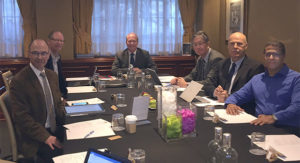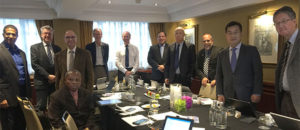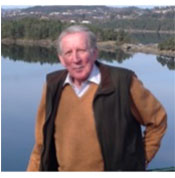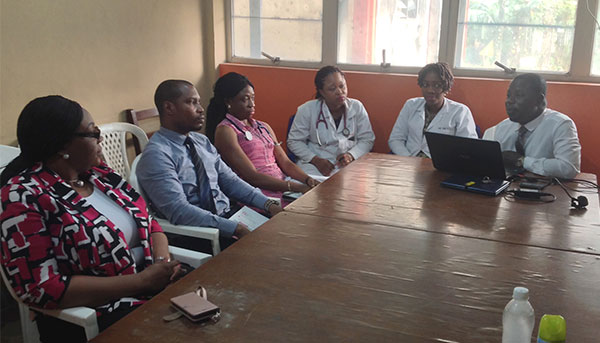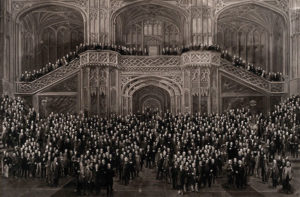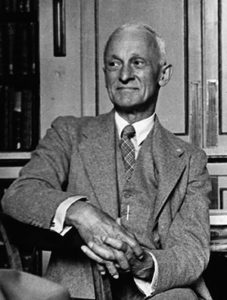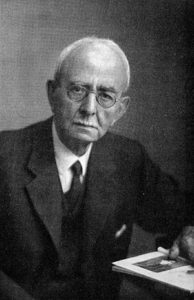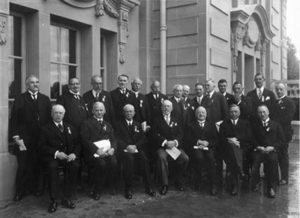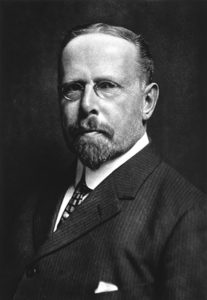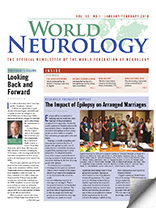Gagandeep Singh, MD, DM
Epilepsy affects an estimated 12 million people in South Asia. More than half of this population is comprised of young people. Besides the sizable quantum of disability adjusted life years (DALYs) there is a hidden burden associated with epilepsy as these young people are often unable to complete their education, get appropriate jobs, and marry.
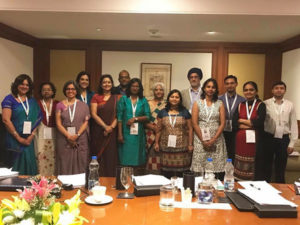
Experts attending the WFN grant-supported meeting on “Arranged Marriages in People With Epilepsy in South Asia.”
Marriage, a socially compelling and momentous occasion in the lives of people with epilepsy as in the case of others, has not received the attention it requires from a psychosocial research perspective. To complicate matters, some of the unique social attributes of marriage in much of South Asia pose an enormous challenge in the lives of young people with epilepsy.
Two features deserve mention:
- Marriages in the region are universal. That is, over 95 percent of the people choose to get married in comparison to the 60 percent in the rest of the world.
- An overwhelming majority of marriages are arranged. That is, the parents/elders in the family find and finalize marital partners. The problem with arranged marriages is that the prospective bride and groom do not meet before marriage, and hence are unable to reveal significant discrediting traits to their prospective partners. Epilepsy is often hidden for fear of breakdown of marital negotiations. The consequences of hiding epilepsy during marital negotiations are immense and include breakdown of marital negotiations and poor marital satisfaction and outcome (an increased rate of divorce) in addition to serious health implications for the individual with epilepsy. Sadly however, these consequences have not been formally studied.
A highly considerate World Federation of Neurology (WFN)-International League Against Epilepsy (ILAE) grant enabled us to form a working group to tackle the immensely intricate and problematic issue of arranged marriages in people with epilepsy in South Asia. We were able to initiate a clinic-based knowledge, attitudes, and practice survey of unmarried and married people with epilepsy in the following centers in South Asia: Dayan and Medical College, Ludhiana (GS) Vedanta Hospital, Gurgaon (Dr. Atman Ram).
Further, the grant enabled us to meet on Aug. 12, 2017, at Hyderabad to discuss the findings of the survey. Investigators from each site attended the meeting. In addition, a social scientist (Dr. Manjistha Banerjee), neuropsychologists (Dr. Urvashi Shah and Dr. Parveen), social activists (Yashoda Wakankar), neurologists (Dr. Pravina Shah, Dr. Manjari Tripathi, Dr. Hitant Vohra, Dr. Archana Verma, Dr. Sanjaya Fernando, Dr. Lekhjung Thapa, Dr. Siby Gopinath, Dr. Sudhir Sharma and myself), statisticians (Namita), and other experts also took part.
An overarching theme for discussion was the gender bias in marital prospects, outcome, and satisfaction. Unmarried women with epilepsy seem to be disproportionately affected in comparison to young men with epilepsy. Besides discussing the findings of the survey, the group also discussed and initiated the development of a quality of marriage in epilepsy (QOMIE) scale for marital satisfaction, specifically for people with epilepsy and the merits and pitfalls of a web-based marriage portal specifically for people with epilepsy in the region.
We would like to express our gratitude to the WFN for funding this important social venture, which we hope to take forward in keeping with the resolution adopted by the World Health Assembly in 2015 to fight stigma and discrimination faced by people with epilepsy.
